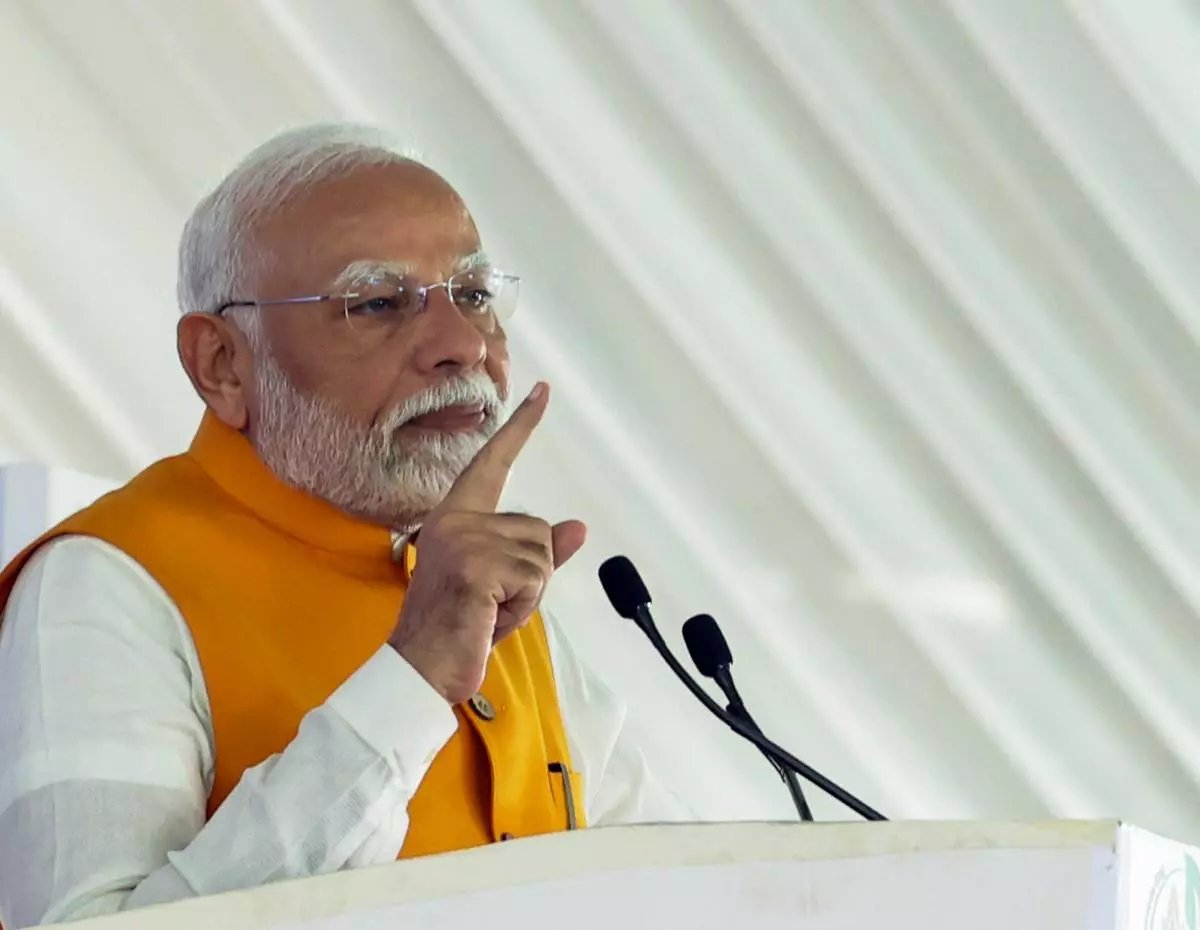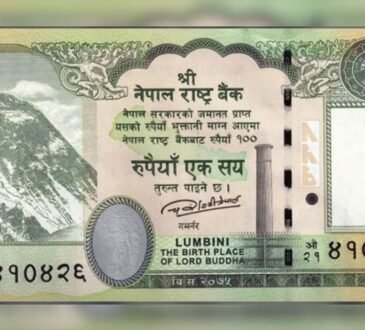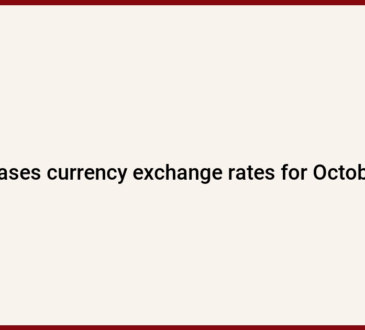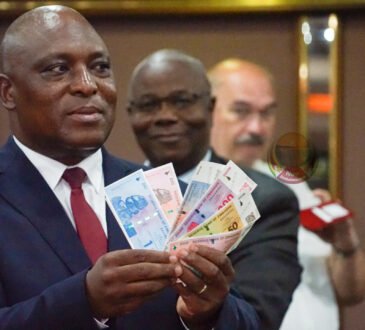In a recent tweet, a staunch supporter of the BJP government wrote about the Indian rupee’s strength versus the Turkish lira pointing to the lira’s staggering 92 per cent drop against the Indian rupee in 11 years. This, he believed, reflected significant economic instability in Turkey: the subtext of course, was India’s comparative strength.
He may have inadvertently picked a telling pairing. In recent weeks, the Indian rupee has slumped to a lifetime low, often slipping below the level of 84 to the US dollar, holding on by its fingernails to that level by what has most likely been support from the Reserve Bank of India (RBI).
There are many reasons being cited for the rupee’s weakness: geopolitical risks in West Asia have lent both strength and volatility to global oil prices. High gold prices and increased risk aversion add to the mix and the past few weeks have seen consistent dollar sales from state-run banks, channelled by dollar bids from foreign banks and local oil companies.
There is also tumult in the stock market with foreign investors pulling out over ₹20,000 crore from Indian equities in just the week gone by and close to $10 billion this month: that is more than the selling pressure Indian markets witnessed during the pandemic and certainly higher than events such as the 2008 global financial crisis, in large part because the size of the market and foreign investment in it has increased manifold. This change of heart by foreign investors has been put down to a switch in their Asia strategy to favour China’s economic stimuli plan, greater attention to all the primary market offerings in India and in no small measure to the political flux that the US is living through. Of course the catalyst of this foreign selling was this year’s Union Budget, an annual event that remains a gift that keeps on giving.
Also Read | Modi 3.0’s first Union Budget bears the unmistakable stamp of coalition politics
Shortly after capital gains tax changes were announced by the Finance Minister in the July Budget, there was a souring of sentiment and foreign institutional investors began offloading positions. In all the public flogging they are now getting, it is worth remembering that foreign capital inflows into the hugely overvalued Indian stock market have been extremely robust in the last few years, and yet there has been no notable blip in the rupee’s slide.
Globally, there is uncertainty about what the US Federal Reserve may choose to do in the months to come and even greater uncertainty about who may be President of the US. In response to strong economic data in the US though, there has been a sustained rally in the US dollar, which leads to rising US yields, in turn causing a negative impact on emerging market capital flows for markets such as India.
In spirited defence
But none of these—a wobbly stock market, a ‘buy China-sell India’ approach, uncertainty in the US election outcome or choppy oil prices—explain the steady, and continual grind of the Indian rupee over the years. There have been many spirited arguments in defence of this slide; that this is a broader, gradual trend, that all emerging market currencies have seen depreciation and that this is a temporary feature that can be put down to capital outflows.
Let’s examine some of these arguments.
What is most difficult to explain is why a country that was seemingly beating so many others in terms of its growth potential is struggling just the same as others when it comes to currency damage. After all, a key plank of economic success as proclaimed by the Prime Minister himself, was ‘making the rupee great again’. In a public speech in 2012 Modi said that the dollar’s strength and the rupee’s weakness would endanger India’s ability to last in international trade. The rupee, he warned, in 2013, was in the hospital, in the ICU. In October 2014, the Indian rupee was trading just below the level of Rs.62 to a dollar. In 10 years, the rupee has slid over 25 per cent against the benchmark dollar. Where shall we place the Indian rupee’s health parameters at its current sub 84 reading?
Second, there is also the defence that believes it is a flawed and narrow approach of only looking at the dollar. However, when critical sectors such as oil and gas, power, telecom and capital goods industries that are heavily dependent on imports are hit by rising costs of importing raw materials and equipment into India, it would be prudent to keep an eye on the collateral damage this slip and slide against the dollar can do. More acutely felt when close to 90 per cent of India’s imports are invoiced in dollars, as are our exports. Even the fact that China makes up a bulk of our imports but prices are invoiced in dollars means that the rupee remains inextricably linked to its performance from a rupee-dollar exchange rate measure, not a rupee-yuan yardstick.
The broadening out argument exposes other flaws. Experiments with alternate currencies such as the Russian rouble have not had the success that was hoped. Ongoing sanctions against Russia have made the Central government chary of wading into a deeper and expanded rupee-rouble trade. When Sberbank AG, Russia’s largest bank, sought a licence from the RBI to export 100 tonnes of Russian gold bars to India and directly sell in national currencies to jewellers, news reports indicate its application for an import licence was rejected by the RBI citing “supervisory concerns.” For many practical and geo-political reasons then, it seems our fate for now remains linked with the dollar.
Also Read | All you wanted to know about India’s demonetisation drive
Why should we remain fixated on the rupee’s fall? Let’s turn again to the Prime Minister who pinned the rupee’s weakness in his early 2014 pitch to corruption. The antidote to corruption was felt in full force and measure by the demonetisation debacle of 2016. Currency in circulation dropped to Rs.13.35 trillion the year after but by 2024, it had grown more than two and a half times to over Rs.34 trillion. Shall we use both the rupee’s fall and the surge in circulation as a litmus test of good governance and conclude that corruption has indeed become much worse, as reflected in the rupee’s state?
There are two distinct headwinds that the rupee now faces, one that has been ongoing and the other that is beginning to loom on the horizon.
One, to return to that seemingly odd partnering pick—the Indian rupee and the Turkish lira—there is an altogether different thread that binds the two currencies, and nations together. The Democracy Report 2024, published by the Varieties of Democracy (V-Dem) Institute shows that for large parts of the world, autocratisation continues to be the dominant trend. Autocratisation is ongoing in 42 countries, home to 2.8 billion people, or 35 per cent of the world’s population. India, with 18 per cent of the world’s population, accounts for about half of the population living in autocratising countries, notes the report.
The decline is stark in Eastern Europe and South and Central Asia. In other words large countries with large populations, and large economies, such as India, Mexico, The Philippines, Pakistan, Poland, Russia and Turkey. India’s autocratisation process has been well documented, says the report, from a gradual but substantial deterioration of freedom of expression, compromising independence of the media, crackdowns on social media, attacks on civil society and suppressing the freedom of religion rights. But what has gone unnoticed is the currency damage and corrosion many of these countries have seen. Autocratisation is not a very appealing look for a country’s economic calling card, its currency. With an iron fisted grip over economic policy for a decade now, neither ruler can blame the opposition.

Prime Minister Narendra Modi’s transformation from a fierce critic of rupee weakness in 2012 (when he claimed the rupee was “in ICU”) to overseeing its 25 per cent fall against the dollar during his 10-year rule shows a striking pivot in position.
| Photo Credit:
ANI
The fantastical growth story
And, two, if democracy is not your cup of tea, perhaps growth is. India’s fantastical growth story seems to be sputtering. Urban consumption indicators have been softening: from car sales to fast moving consumer goods, from airline passenger traffic growth to distinctly dull festive sales. A growth slowdown is evident not just in these metrics but in the way salaries are moderating, even as food inflation remains uncomfortably high. Shorn of its growth gloss, what relative advantage or strength can India’s currency boast of?
In this rather gloomy outlook for both, the Indian rupee and the Indian growth story, sympathetic supporters have helpfully pointed to the weakest currencies in the world. Look at the Turkish lira they say, or the Iranian rial and even the Sierra Leonean leone
That may be the best approach. For India’s rupee now, comparisons are better done from the bottom than the top.
Mitali Mukherjee is Director of the Journalist Programmes at the Reuters Institute for the Study of Journalism, University of Oxford. She is a political economy journalist with more than two decades of experience in TV, print and digital journalism. Mitali has co-founded two start-ups that focussed on civil society and financial literacy and her key areas of interest are gender and climate change.




